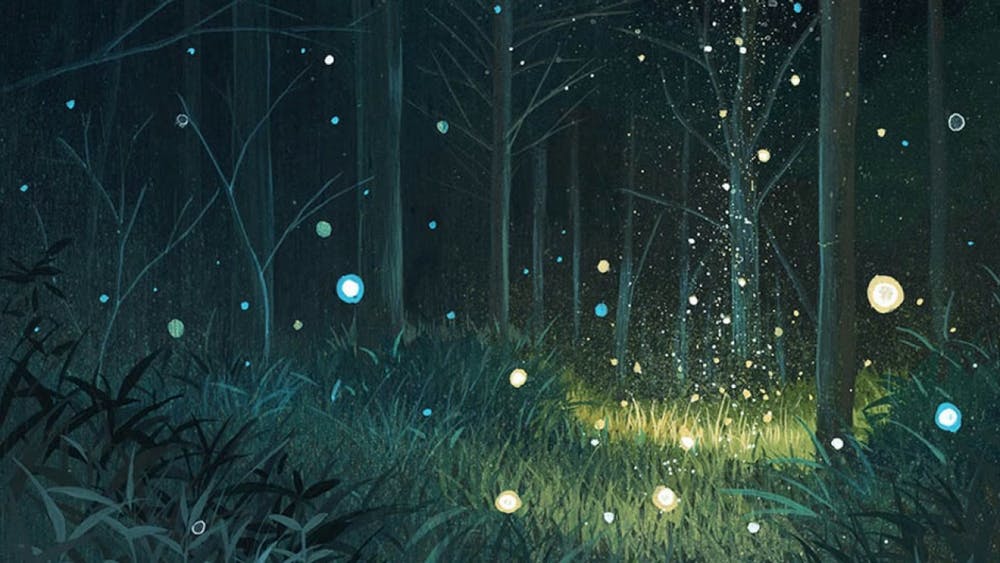
Once again, there's a simple explanation that's well known to photographers. One differentiator that I've heard several times is that a false orb photo will have a blue edge, while a real orb photo, showing spiritual energy, will not. Nevertheless, most believers still feel that there are legitimate orb photos that do show ghosts or spirits or energy or whatever they want to call it.
Ghost orbs in videos explained archive#
Most actually do in fact, many websites that archive ghost photographs no longer accept orb photographs, with the explanation that orb photos too often show false orbs produced by the photographic effects described above. Now, it would not be correct to state that orb believers don't accept this explanation. Post your own orb photos in the forum if you've got them. I do have a couple of orb photos that I took by accident inside an abandoned mine shaft - doubtless the hapless spirit of a murdered miner - and you can find those pictures online at. You will get all the examples, instructions, and explanations that you could ask for. If you want great step-by-step instructions for taking an orb photo, go to and click on Paranormal Photos. I'm often challenged by believers that if orb photos are so easy to take, why don't I do it then? I don't because many people have already done so. If the object is not very close to the camera, again it won't pick up enough light from the flash. If the object is within the depth of field it will be in focus and generally very small, and probably not noticeable. If the flash or other light source is significantly off of the axis of the lens, you won't get nearly as much light reflected right straight back to the camera. This causes the object to be brightly light but way out of focus, resulting in a semi-transparent whitish circle. Orbs most often appear on camera when a piece of airborne dust, an insect, or a water droplet is close to the camera, outside of the depth of field, and the flash source is no more than a few degrees away from the axis of the camera lens. The only evidence is anecdotal reports and, of course, the obligatory photographs, found on the Internet by the thousand. I welcome any hypotheses that would explain how orbs could be a real phenomenon, but I haven't been able to find any. If there was any good science behind this, there would at least be some plausible proposals for what the orb might consist of, how and why it is generated by a dead body, why it floats in the air and also some good predictions about who will become an orb after they die, what size and color that orb would be, and where and when it can be found. There are lots of other things that a dead person might become, presumably and the only reason believers have chosen orbs seems to be that orbs are the most common unexpected objects seen in photographs. For example, there are no plausible hypotheses that describe the mechanism by which a person who dies will become a hovering ball of light that appears on film but is invisible to the eye. The science behind this hypothesis is not clear. The usual hypothesis presented by believers is that orbs represent spirits of dead people, though some support variations on that. Orbs are among the class of paranormal phenomena that are visible only to cameras, and not to the naked eye. Orbs, formally called Spirit Orbs, are those semi-transparent white balls seen floating around in many photographs taken in ghostly locations. You're holding in your hand the very device responsible for tens of thousands of the most bizarre and unexplainable type of ghost photographs: Orbs.

To this day, I still feel an outstanding sense of awe when reminiscing about these events.Next time you pick up a camera, watch out. The sight of orbs is reportedly a common occurrence among paranormal enthusiasts who explore such historic landmarks. Residual energy from spirits of those long since departed. Of course, being incredibly superstitious at the time, I immediately interpreted these images as the result of paranormal activity. The shots on her digital camera depicted the image of what appeared to be four distorted orbs arranged in sort of a diamond shape. The tourist began taking pictures as we wandered around the fields. Particularly the excessive use of the expression "eh" and the mispronunciation of about (aboot). We met another tourist visiting from Niagara Falls, New York and we began conversing about cultural differences as well as debunking amusing Canadian stereotypes. One included a cocky tourist who spent a night at the renowned Farnsworth House and was confronted by the spirits of two Confederate soldiers he at first mistook for reenactors playing a practical joke.

Our second tour lasted for about three hours, in which we were informed of a few encounters past tourists claimed they allegedly experienced. During our second night in Gettysburg, I met with my brother and sister and together we strolled through the fields to occupy some time before another tour.


 0 kommentar(er)
0 kommentar(er)
